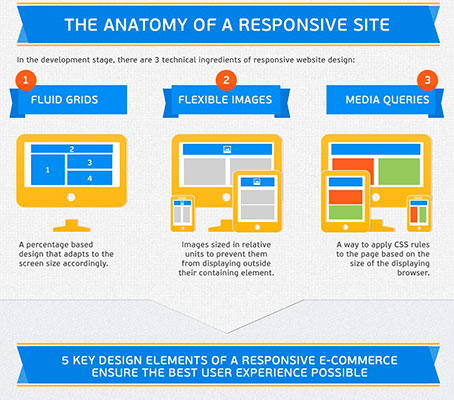Enhance Your Website'S Customer Experience And Strive For Layout Quality With Our Instinctive Pointers And Methods, Customized To Satisfy The Demands Of Your Customers
Enhance Your Website'S Customer Experience And Strive For Layout Quality With Our Instinctive Pointers And Methods, Customized To Satisfy The Demands Of Your Customers
Blog Article
Content Writer-Gutierrez Holgersen
Master the art of web design by focusing on user experience. Craft user-friendly navigating and select mobile optimization to boost the browsing experience. Make sure very easy navigation with clear headings and attractive visuals. Focus on mobile responsiveness for a constant user experience. By incorporating these necessary layout concepts, you can develop a straightforward website that mesmerizes visitors.
Important Style Concepts
When developing a web site, prioritize individual experience above all else. Your primary objective needs to be to create a seamless and pleasurable experience for your site visitors. Start by making sure that your web site is very easy to browse. Usage clear headings, organized food selections, and user-friendly buttons to direct users via your web content easily. Keep in mind, simpleness is vital. Avoid littering your pages with unnecessary elements that can bewilder or puzzle your audience.
An additional essential layout principle is to see to it your site is aesthetically appealing. Choose a cohesive color scheme, high-grade photos, and readable typefaces to improve the general look of your website. Uniformity is essential in establishing a solid brand identity and making your site extra unforgettable to users.
Additionally, prioritize mobile responsiveness. With even more people surfing the net on their mobile phones and tablet computers, it's essential that your website looks and operates well on all tools. Test your website on different display sizes to ensure a seamless experience for all customers. By focusing on these necessary design concepts, you can develop an user-friendly web site that maintains visitors coming back for even more.
User-Focused Navigation
To boost individual interaction and improve their surfing experience, prioritize developing user-friendly navigating pathways that direct visitors perfectly through your web site. Clear and efficient navigating is crucial for assisting users locate the info they need quickly and successfully. Begin by keeping your menu structure simple and easy to understand. Use detailed https://www.cmswire.com/digital-experience/the-sonic-liberation-implications-of-audio-for-digital-marketing/ that plainly indicate what web content can be discovered under each food selection alternative. Furthermore, think about carrying out dropdown food selections for subcategories to prevent overcrowding the major navigating bar.
One more essential element of user-focused navigating is using breadcrumbs. Breadcrumbs are a secondary navigation aid that shows individuals their existing place on the website and permits them to quickly navigate back to previous pages. This feature is specifically useful for users that enter your website with a deep link or a search engine result.
Additionally, including search capability plainly on your site can even more boost customer navigation. A search bar enables users to promptly discover details content without needing to click via multiple pages. Guarantee that your search bar is easily noticeable and obtainable on every web page of your site for optimum use. By https://troymgbvp.theideasblog.com/30320876/understanding-local-seo-necessary-information-for-small-company-owners -focused navigation approaches, you can create a much more intuitive and delightful surfing experience for your site visitors.
Mobile Optimization Techniques
Think about optimizing your site for smart phones to make sure a seamless user experience throughout different screen dimensions. Mobile optimization is crucial in today's electronic landscape where a substantial portion of net browsing happens on smart devices and tablets.
To improve mobile functionality, beginning by implementing responsive style methods. This approach allows your internet site to adapt to various screen measurements, preserving functionality and visual appeals.
Focus on maximizing packing times for mobile individuals. Slow-loading websites can hinder visitors and impact your search engine rankings. Compress images, minimize HTTP demands, and take advantage of web browser caching to enhance filling rate. In addition, prioritize content power structure for mobile display screens. Make sure that crucial information is prominently shown, and navigation is user-friendly, promoting easy access to key sections.
Utilize search engine optimization in digital marketing -friendly components such as bigger buttons and streamlined types to promote interaction on mobile devices. Conduct detailed testing across different mobile systems to identify and rectify any usability concerns.
Conclusion
To conclude, grasping the art of website design is important for developing a straightforward web site. By integrating necessary layout concepts, user-focused navigation, and mobile optimization techniques, you can make sure a seamless and pleasurable experience for your site visitors.
As an example, a neighborhood pastry shop saw a 30% rise in on-line orders after revamping their internet site to be much more straightforward and mobile-responsive. Remember, a properly designed internet site can make all the distinction in attracting and keeping clients.
